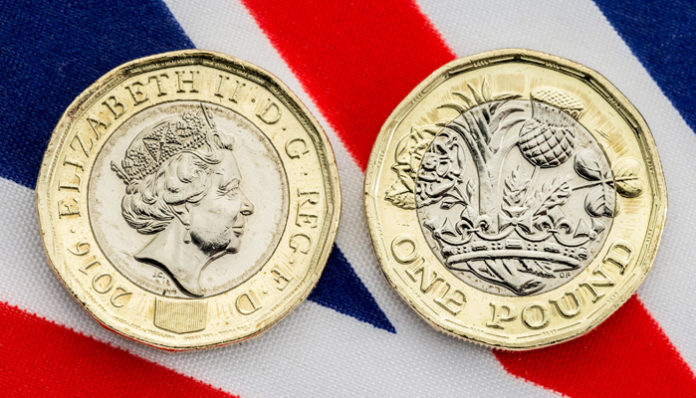Last week the Pound was boosted by the resignation of Sajid Javid, and the choosing of his replacement- Rishi Sunak.
The basis of this GBP strength is that Boris Johnson will now have more control over the treasury, and effectively increase Government spending- so he can add to the “Boris Bounce” that the economy is currently seeing- for now this is positive, we will have to wait and see on the actual results of this, but Rishi Sunak seems pretty in sync with the Prime Minister, which hopefully results in something positive for the UK Economy.
This week, Sterling began strong staying above 1.30 against the Dollar and above 1.20 against the Euro- both key levels of support which could open up higher levels as long as data and news allow.
Our main problem this week are headlines in regards to trade negotiations- on Monday evening, UK’s chief Brexit negotiator, David Frost said in a lecture that the “EU’s push to make the UK stick to its rules will reduce the chances of a deal”
It seems that disagreement between the two sides have already begun, with the UK looking for a Canada style trade deal, and the EU looking for a deal which means the UK will still commit to alignment on subsidies, tax and its rules on workers and the environment, which is very different to the Canadian deal.
Unfortunately, the trade deal will cap Sterling gains this year, as there is always a slight chance that the UK will have to trade by WTO rules unless an extension is granted before December- which would still be negative for Sterling as it would mean there is no resolution inside 2020.
The main data releases this week start on Tuesday morning with jobs data in the UK- the main number we are looking for is the 0.2% lower forecast for average weekly earnings, which could lead to a further drop in inflation- thus leading the BoE to look at a potential interest rate cut.
The next important data release for Sterling will be retail sales figures on Thursday, again showing a lower number for last month, which would be in line with the lower earnings numbers, less expendable income would mean lower inflation, which leads to an interest rate cut.
The last important releases will be on Friday where we will see the UK release UK PMI for manufacturing and services. Manufacturing numbers are expected to come out at 49.7 (Anything below 50 is negative) and services are expected to be slightly lower at 53.4. Overall, if UK data comes out as expected this week then this should be negative Sterling. If for whatever reason data comes out better than expected, then we could see some good buying windows.
